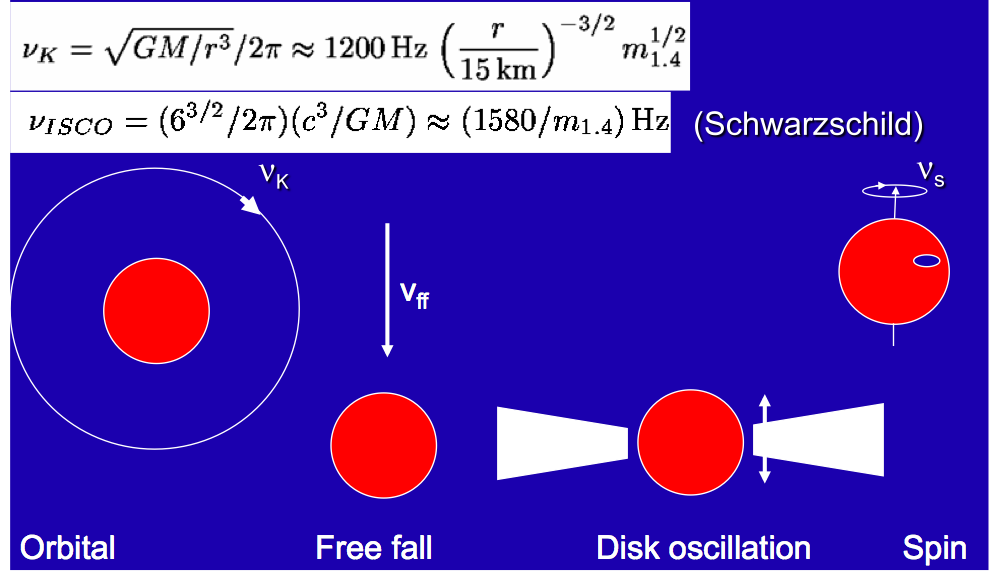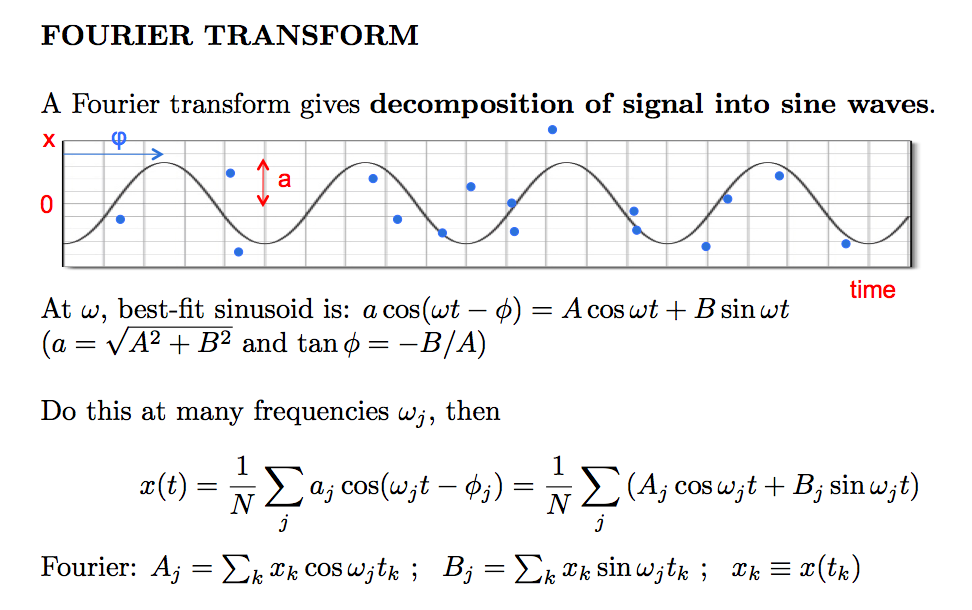| P3: Power Density Spectra in Accreting Black Holes |
 |
 |
 |
|
Chen, Tao The principal motivation for studying Accreting Black Hole is that these objects provide a unique window on the physics of strong gravity and dense matter. One of the most basic expressions of the compactness of these compact objects is the short dynamical time scale characterizing the motion of matter under the influence of gravity near them. Millisecond variability will naturally occur in the process of accretion of matter onto a stellar-mass compact object — an insight that dates back at least to Shvartsman (1971). For example, hot clumps orbiting in an accretion disk around black holes will cause quasi-periodic variability on timescales of about a millisecond (Sunyaev 1973). Accreting, low-magnetic-field neutron stars will reach millisecond spin periods, which can be detected when asymmetric emission patterns form on the star’s surface during X-ray bursts. These early expectations were finally verified in a series of discoveries with NASA’s Rossi X-Ray Timing Explorer (RXTE) within 2.5 years after its launch on 30 December 1995.
 It is clear that as the characteristic velocities near the compact object are of order (GM/R)1/2 ∼ 0.5c, the dynamical timescale — the timescale for the motion of matter through the emitting region is short: τdyn ≡ (r3/GM)1/2 ∼ 0.1ms for r = 10km and ∼ 2ms for r = 100km, near a 1.4 M⊙ neutron star, and ∼ 1ms at 100km from a 10M⊙ black hole. Therefore, the significance of millisecond X-ray variability from X-ray binaries is clear: milliseconds is the natural timescale for the accretion process in the X-ray emitting regions, and hence strong X-ray variability on such timescales is almost certainly caused by the motion of matter in these regions. Three different millisecond phenomena have now been observed in X-ray binaries. Historically, the first to be discovered were the twin kilohertz quasi-periodic oscillations (kHz QPOs), widely interpreted now as resulting from orbital motion in the inner accretion flow. Then came the burst oscillations, probably a result of the spin of a layer in the neutron star’s atmosphere in near-corotation with the neutron star itself. Finally, RXTE detected the first true spin frequency of an accreting low-magnetic field neutron star, the long-anticipated accreting millisecond pulsar.
 Most of the variability measurements rely on Fourier analysis of X-ray count-rate time series with sub-millisecond time resolution. A quasi-periodic oscillation (QPO) in the time series stands out in the power spectrum (the square of the Fourier transform) as a broad, usually Lorentzian peak characterized by its frequency ν (‘centroid frequency’), width λ (inversely proportional to the coherence time of the oscillation), and strength (the peak’s area is proportional to the variance of the QPO signal). The variance is nearly always reported in terms of the root-mean-square of the signal expressed as a fraction of the count rate, the fractional rms amplitude r; the coherence is often reported in terms of a quality factor Q = ν/λ. Conventionally, to call a local maximum in a power spectrum a QPO peak, one requires Q > 2. Time delays between signals simultaneously detected in different energy bands are usually measured using cross-spectra (the frequency-domain equivalent of the cross-correlation function; and often expressed in terms of a phase lag (time lag multiplied by frequency). The goal of my current project is to try to understand the origin of the variability in Accreting Black Hole through the systematic study of the power density spectra (i.e. the Fourier transform of X-ray light curves), and their connection with the different X-ray emitting media (through X-ray spectroscopy), and the jet (emitting in radio). |